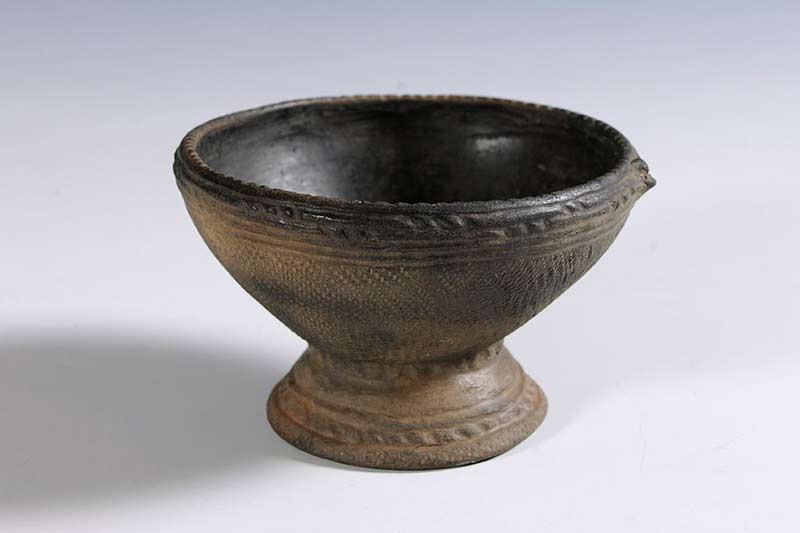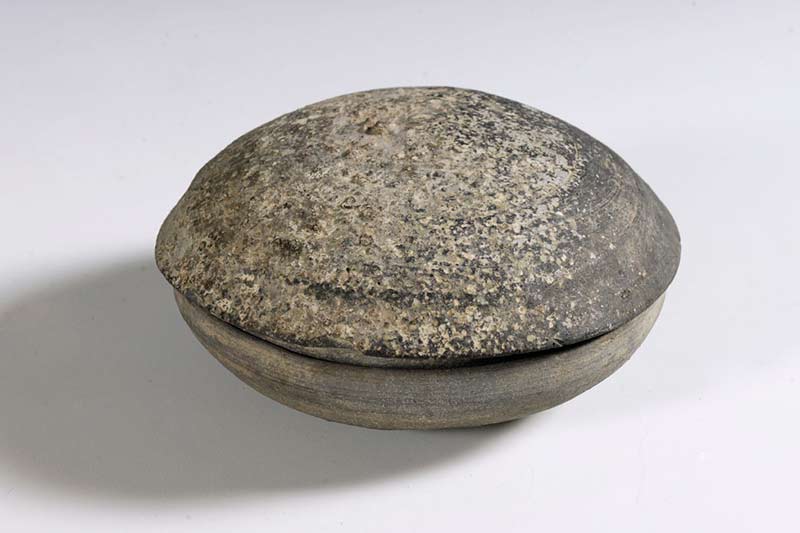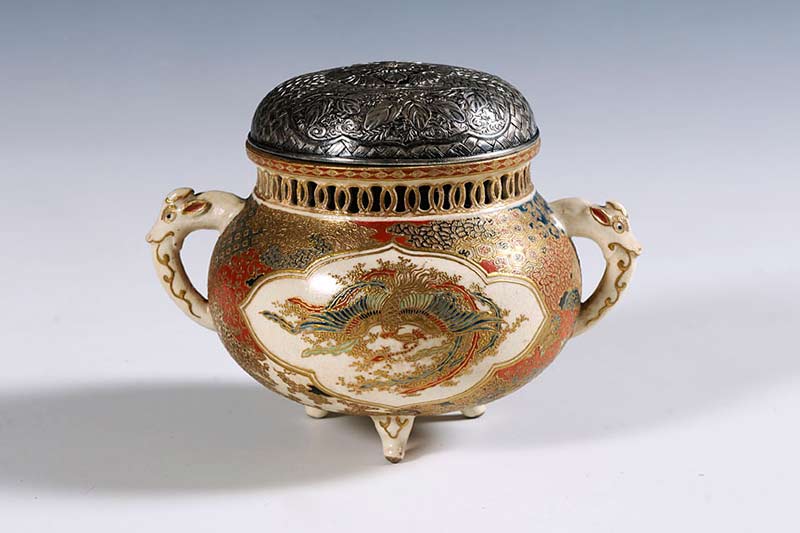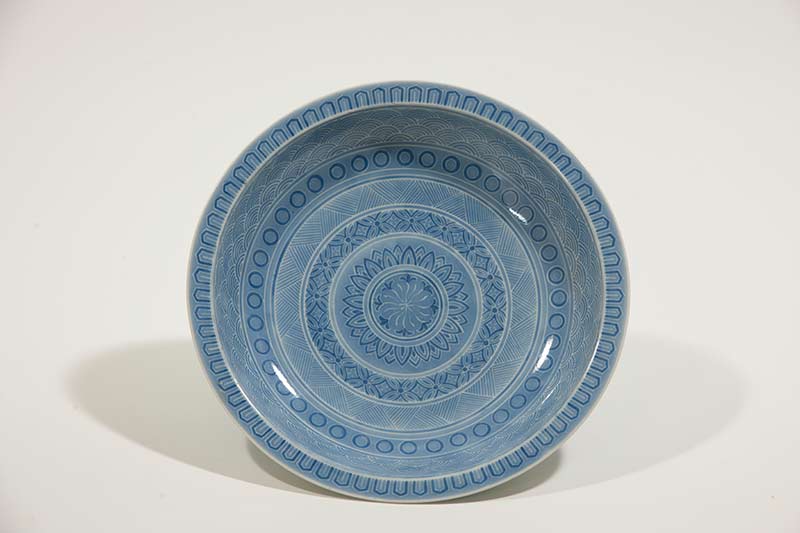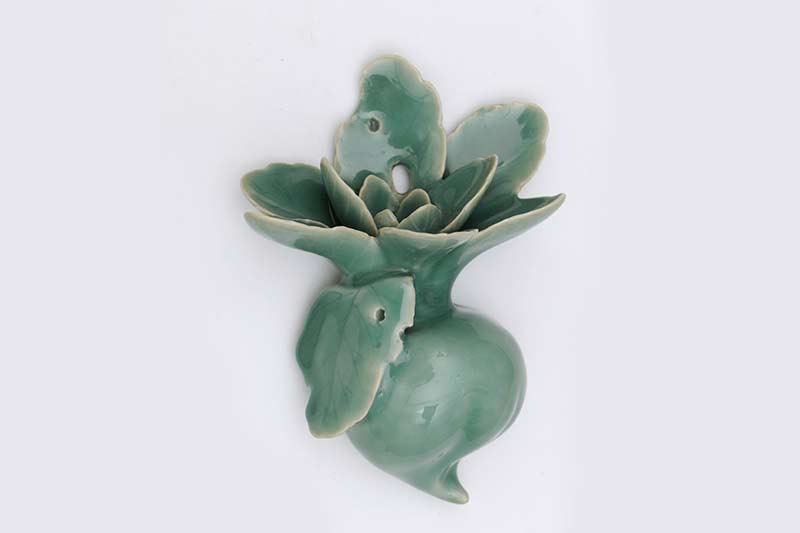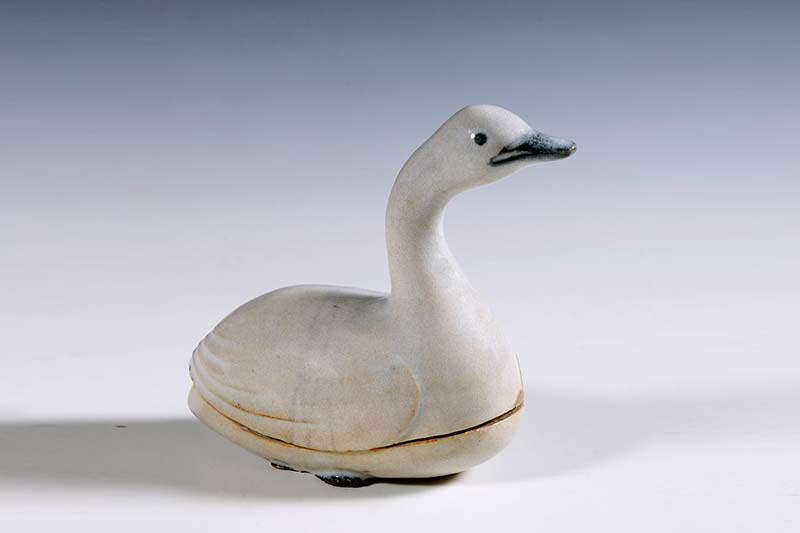Ceramics
Japanese Art Collection
The dawn of Japanese art
From prehistoric times, Japan was one of the most important cultural centres of the Asian continent. Located opposite China and Korea, there were many influences from the Asian mainland, which, after having assimilated indigenous elements, took on a new form and developed into the unique Japanese culture.
The prehistory of Japanese art lasts from about 13,500 BC to 552 AD and consists of three stages: the Jōmon period (13.500 – 500 BC), the Yayoi period (500 BC – 250 AD) and the Kofun period (250 – 552 AD). During the Jōmon period they made clay pottery with a rope-like decoration, and also storage vessels and clay figurines (dogu). Thrown and fired ceramics appeared during the Yayoi period, while the Kofun period was dominated by clay figurines (haniwa), which were placed outside tombs.
Ceramics Workshops
The production of pottery in Japan is distinguished by its geographical dispersion and diversity, as well as the technological and decorative influences from various potteries.
The production of glazed stoneware fired at high temperatures developed quickly in Japan in the late 16th and early 17th century. This growth is related to the settling of Korean potters on Kyushu island, after Toyotomi Hideyoshi’s invasion of Korea (1592-1598). This led to the development of ceramic workshops in the area. The boom in ceramics was further aided by the tea ceremony, which began as an esoteric ritual but developed into a fashionable cultural event. An important role was also played by the rising urban middle class, who increasingly began to use pottery for their daily needs.
